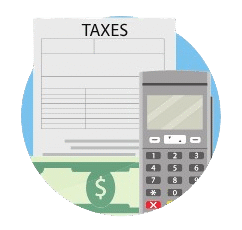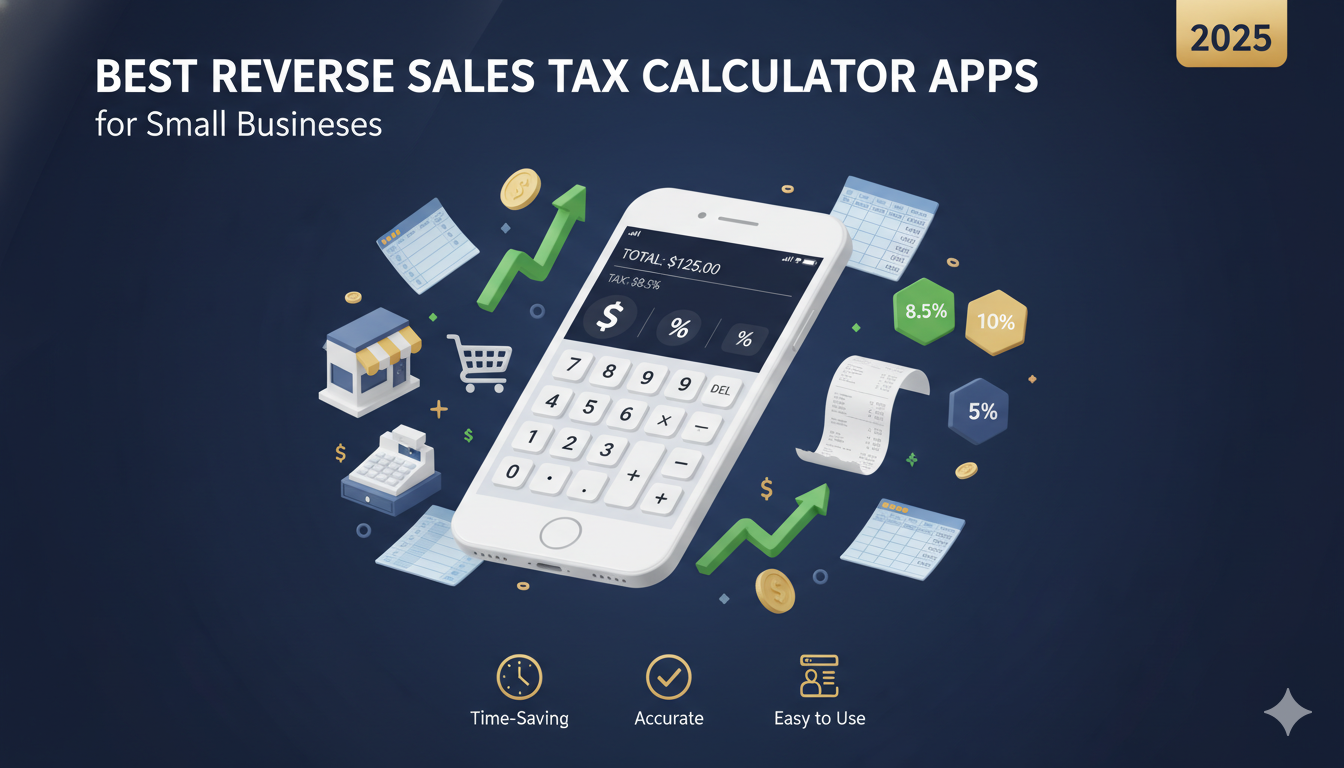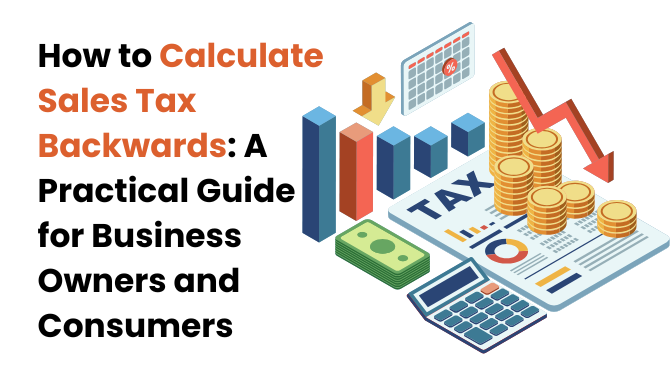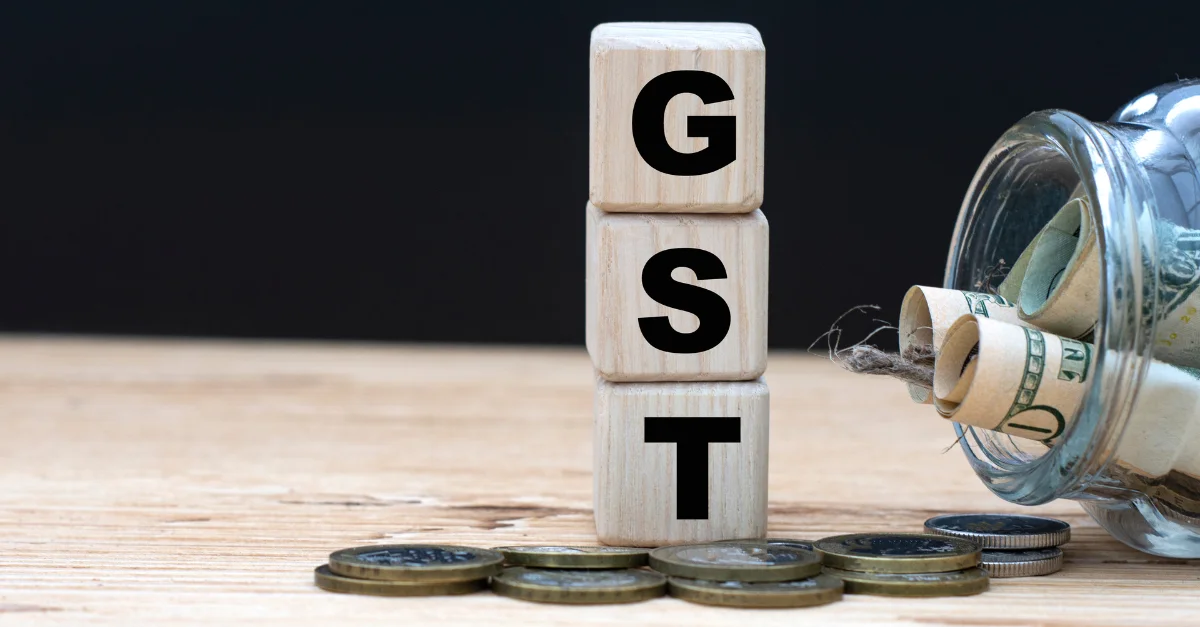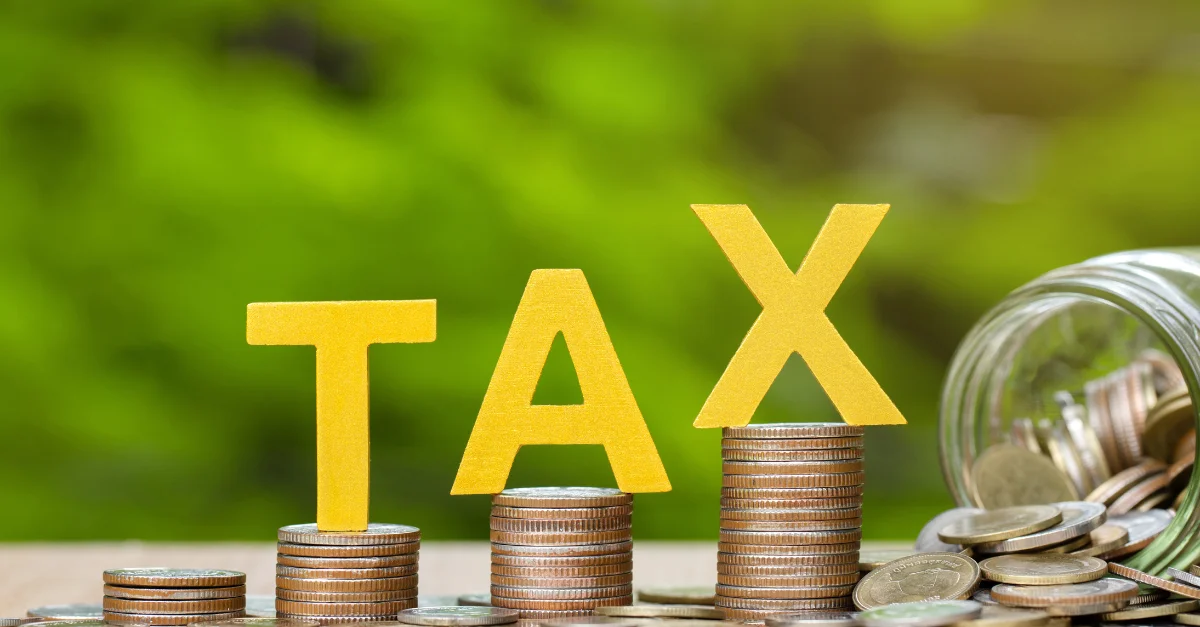When you’re staring at an invoice marked “₹1,200 including tax,” do you know how to find the original price before tax was added? If you’ve ever struggled with this calculation or gotten the wrong answer, you’re not alone. Understanding tax reversal is crucial for business owners, freelancers, and anyone managing finances.
After years of helping people with tax calculations, I’ve noticed a common mistake: many believe they can simply subtract 20% to reverse a 20% tax. This approach creates errors that can throw off your bookkeeping, pricing strategies, and profit calculations.
Let me share the correct methods I’ve used successfully in real-world scenarios, complete with examples you can apply today.
Two Common Situations: Which One Are You Facing?
Before calculating anything, identify your exact situation:
Situation 1: Your invoice shows ₹1,200 “including 20% tax” and you need the base price. This is true tax reversal.
Situation 2: You have a price and want to reduce it by 20% as a discount. This isn’t tax reversal—it’s a percentage reduction.
I’ll show you both methods because mixing them up causes the most confusion.
How I Calculate Pre-Tax Amounts from Tax-Inclusive Prices
Why You Can’t Just Subtract 20%
Here’s where most people go wrong. When 20% tax is added to ₹1,000, you get ₹1,200 (₹1,000 + ₹200). But if you take 20% off ₹1,200, you get ₹960—not ₹1,000.
Why? Because you’re now taking 20% of a bigger number. The ₹1,200 already contains the tax, so the percentages don’t simply reverse.
The Correct Method I Use
Pre-tax Amount = Total Price ÷ 1.20
This works because the total price is 120% of the original (100% original + 20% tax). Dividing by 1.20 takes you back to 100%.
Real Example from My Work
Last month, I received a vendor invoice for ₹1,200 including tax. Here’s my calculation:
- Total with tax: ₹1,200
- Pre-tax amount: ₹1,200 ÷ 1.20 = ₹1,000
- Tax portion: ₹1,200 − ₹1,000 = ₹200
To verify I did this correctly, I added 20% back to ₹1,000: ₹1,000 × 1.20 = ₹1,200. Perfect match.
Quick Mental Math Shortcut
When I need a fast estimate, I multiply by 0.8333 instead of dividing by 1.20:
₹1,200 × 0.8333 ≈ ₹1,000
This gives you a close approximation instantly, though dividing by 1.20 remains more accurate for final calculations.
Applying a Simple 20% Reduction (Not Tax Reversal)
When You’d Use This
Sometimes you just need to reduce a number by 20%—like applying a discount to a price that doesn’t already have tax included. This calculation differs mathematically from reversing embedded tax.
The Formula
New Amount = Original Amount × 0.80
My Example
Starting with ₹1,200 and applying a 20% discount:
- Original: ₹1,200
- After 20% off: ₹1,200 × 0.80 = ₹960
- You saved: ₹240
The Critical Difference
Notice that removing 20% from ₹1,200 gives ₹960, but reversing 20% tax from the same ₹1,200 gives ₹1,000. That ₹40 difference matters significantly in business accounting and legal contexts.
Quick Reference for Your Daily Work
I keep this table handy for quick lookups:
| What You Need | Formula | Example (₹1,200) |
| Remove embedded 20% tax | Total ÷ 1.20 | ₹1,200 ÷ 1.20 = ₹1,000 |
| Find just the tax amount | Total − (Total ÷ 1.20) | ₹1,200 − ₹1,000 = ₹200 |
| Apply 20% discount | Original × 0.80 | ₹1,200 × 0.80 = ₹960 |
Mistakes I See People Make Repeatedly
Mistake 1: Subtracting 20% when they should divide by 1.20. This understates the pre-tax amount and throws off all downstream calculations.
Mistake 2: Treating all 20% calculations the same. Tax reversal and percentage reductions are fundamentally different operations.
Mistake 3: Rounding mid-calculation. Always complete your division or multiplication before rounding to maintain accuracy in financial records.
When I Use These Calculations
I apply tax reversal regularly in these scenarios:
- Reconciling supplier invoices where tax is included in the total
- Calculating actual product costs for pricing decisions
- Preparing financial statements that require tax breakdowns
- Comparing prices between tax-inclusive and tax-exclusive regions
- Helping clients understand their true costs versus tax burden
Working with Different Tax Rates
The same principle applies to any tax rate. For 18% tax, divide by 1.18. For 15% tax, divide by 1.15. For 25% tax, divide by 1.25.
The pattern is always: divide by (1 + tax rate as a decimal).
Try It Yourself
Let’s say your next invoice shows ₹3,600 including 20% tax. Using what you’ve learned:
Pre-tax amount = ₹3,600 ÷ 1.20 = ₹3,000
Tax paid = ₹3,600 − ₹3,000 = ₹600
To verify: ₹3,000 × 1.20 = ₹3,600 ✓
My Final Advice
The most important takeaway from my experience: when tax is already embedded in a price, division by 1.20 is your friend—not subtraction of 20%. This mathematical principle has served me reliably across thousands of calculations.
Whether you’re managing business expenses, freelancing, or handling personal finances, getting this right the first time saves you from costly errors down the road. I’ve seen businesses lose money simply because they miscalculated their actual costs versus tax burden.
Master this calculation, keep the formulas handy, and verify your work by calculating backward. Your financial accuracy will improve immediately, and you’ll catch errors that might otherwise slip through.
The formulas I’ve shared come from real-world application in business accounting and finance. They work consistently because they’re based on sound mathematical principles, not shortcuts or approximations.
Need a Faster Way to Calculate?
While understanding the math behind tax reversal is important, I know you’re often pressed for time. That’s why I created Reverse Sales Tax Calculator at reversesaletaxcalculator.com.
This free tool instantly calculates pre-tax amounts for any tax rate. Simply enter your total and tax percentage, and it shows you the breakdown immediately—no manual calculations needed. It’s particularly helpful when you’re processing multiple invoices or need quick verification of your manual calculations.
The calculator handles various tax rates (not just 20%) and works with any currency, making it useful whether you’re dealing with GST, VAT, sales tax, or other tax systems worldwide.
About Reverse Sales Tax Calculator:
We help businesses, freelancers, and individuals accurately calculate pre-tax amounts from tax-inclusive prices. Our free calculator at reversesaletaxcalculator.com has processed thousands of calculations, helping users avoid costly errors in their financial records.
Quick Tip: Bookmark reversesaletaxcalculator.com for instant access whenever you need to reverse calculate tax amounts. The tool is free, requires no signup, and works on all devices.
